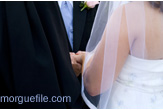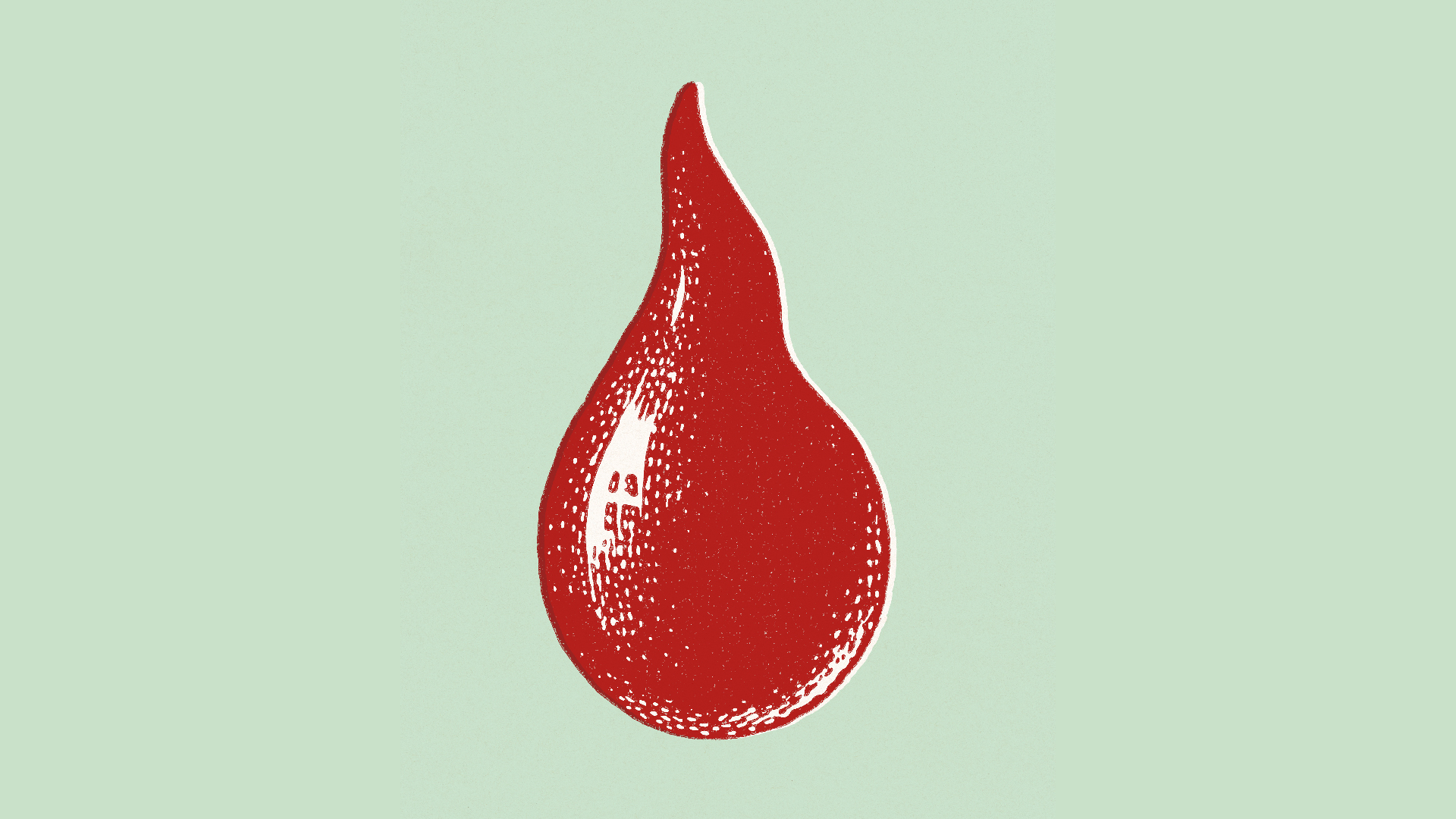Marriage Mellows Men, Study Shows

Marriage is called "settling down" for a reason: A new study finds that men with a wedding ring are likely to engage in fewer aggressive or illegal behaviors than single men, both because nicer men are more likely to get married and because marriage settles men down.
Researchers aren't sure how matrimony affects women's antisocial tendencies, because these behaviors are less common in women in the first place, said study researcher S. Alexandra Burt, a behavioral geneticist and psychologist at Michigan State University.
"The evidence that marriage decreases antisocial behavior in women is pretty inconsistent," Burt told LiveScience.
Crime and marriage
In contrast, marriage has long been known to mellow men out. One study of 475 high-risk adolescent boys followed through adulthood found that marriage reduced criminal behavior by 35 percent. But researchers couldn't tell whether mellow men are more likely to get married in the first place or whether matrimony itself has a calming effect.
To find out, Burt and her colleagues studied 289 pairs of male twins, both identical and fraternal. At ages 17, 20, 24 and 29, each man reported his marital status and filled out questionnaires about his aggressive behaviors and illegal activities.
All of the men started out unmarried, and more than 97 percent remained that way at age 20. By age 24, 22.9 percent were married, and by age 29 that number jumped to 58.8 percent, the researchers found.
Get the world’s most fascinating discoveries delivered straight to your inbox.
Men who were married by age 29 were less likely to have committed antisocial acts in their younger years, Burt said, suggesting that nice guys do get the girl.
"That's very consistent with a selection effect," she said. "In other words, men who eventually got married were less likely to be engaged in antisocial behaviors to begin with."
More wedding rings, fewer handcuffs
But even the more aggressive men who got married became less antisocial after the ceremony, the researchers found. That's where the twin-study design became useful, Burt said. Comparing an unmarried man with his married identical twin takes genetics out of the equation and makes it more likely that you're uncovering environmental effects.
"You have this beautiful, built-in, natural control, because you've controlled for any genetic influence on antisocial behavior," Burt explained.
Sure enough, the analysis of the twin pairs revealed that once men marry, they settle down. Overall, the researchers found, marriage seemed to reduce antisocial behavior by 30 percent.
"That's nothing to blow your nose at," Burt said.
Burt is now investigating other environmental influences on antisocial behavior, from parenting to peer groups to the neighborhoods where kids grow up. More work is needed to understand how marriage exerts its soothing influence, she said, but other research has examined factors like less time spent with bad influences (aka "friends") and better social bonds driven by matrimony. Burt added that it's still an "open question" whether cohabitation mimics the marriage effect.
"As with many things in science, it's more complicated than we originally thought," she said. However, she said, "not that many things are related to desistance from antisocial behavior… The fact that something can reduce it is exciting."
- Fight, Fight, Fight: The History of Human Aggression
- 7 Ways the Mind and Body Change With Age
- 10 Things Every Woman Should Know About a Man's Brain
You can follow LiveScience Senior Writer Stephanie Pappas on Twitter @sipappas

Stephanie Pappas is a contributing writer for Live Science, covering topics ranging from geoscience to archaeology to the human brain and behavior. She was previously a senior writer for Live Science but is now a freelancer based in Denver, Colorado, and regularly contributes to Scientific American and The Monitor, the monthly magazine of the American Psychological Association. Stephanie received a bachelor's degree in psychology from the University of South Carolina and a graduate certificate in science communication from the University of California, Santa Cruz.
